Adobo Pepper: The Smoky Secret Behind Flavorful Dishes – 7 Tips to Spice Up Your Kitchen!
Table of Contents
- Introduction to Adobo Pepper
- What Does Adobo Pepper Taste Like?
- Top 5 Ways to Use Adobo Pepper in Everyday Cooking
- Your Ultimate Buying Guide for Adobo Peppers
- How to Store Adobo Peppers Like a Pro
- Adobo vs. Chipotle: What's the Difference?
- DIY Adobo Sauce at Home – Easy & Delicious!
- Common Mistakes to Avoid When Using Adobo Pepper
- Final Thoughts on Mastering Adobo Pepper
Introduction to Adobo Pepper
If you’ve ever tasted a rich, smoky sauce that tingles your tongue just enough to make you crave more, there’s a good chance adobo pepper was involved. But what exactly is it?
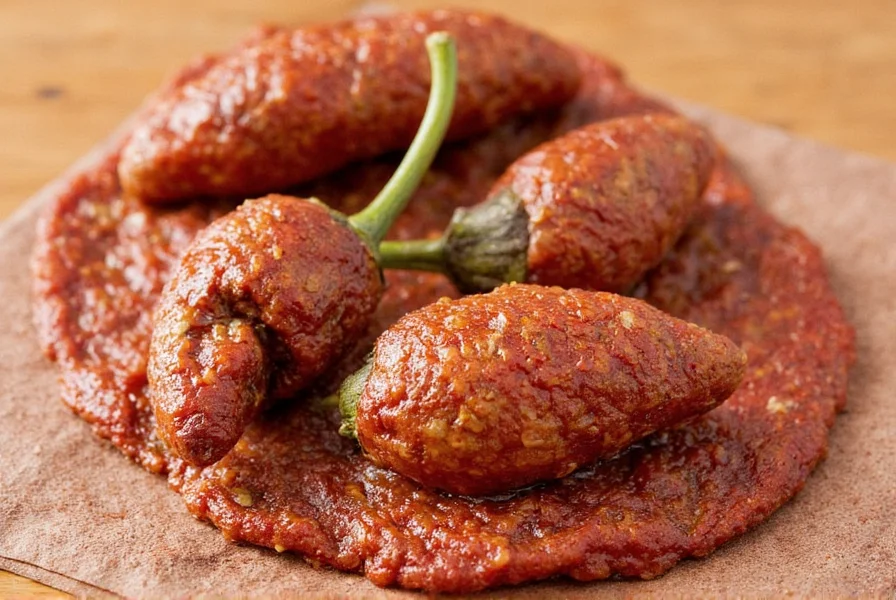
The term "adobo" comes from Spanish influence and refers to a marinade or sauce commonly used in Latin American and Caribbean cuisines. However, when we talk about adobo peppers today, we usually mean chipotle chilies that have been smoked, dried, and then rehydrated and canned in a tangy, slightly sweet red sauce made with vinegar, garlic, tomatoes, and spices.
This flavorful combo makes adobo pepper one of the most versatile ingredients in modern kitchens — whether you're spicing up a weeknight stir-fry or giving restaurant-quality flair to grilled meats.
What Does Adobo Pepper Taste Like?
Let’s break it down into flavor notes:
- Smoky: From being smoke-dried before canning.
- Tangy: Thanks to the vinegar base in the sauce.
- Slightly Sweet: Tomatoes and sometimes sugar add depth.
- Spicy (but not too much): Mild heat that builds slowly.
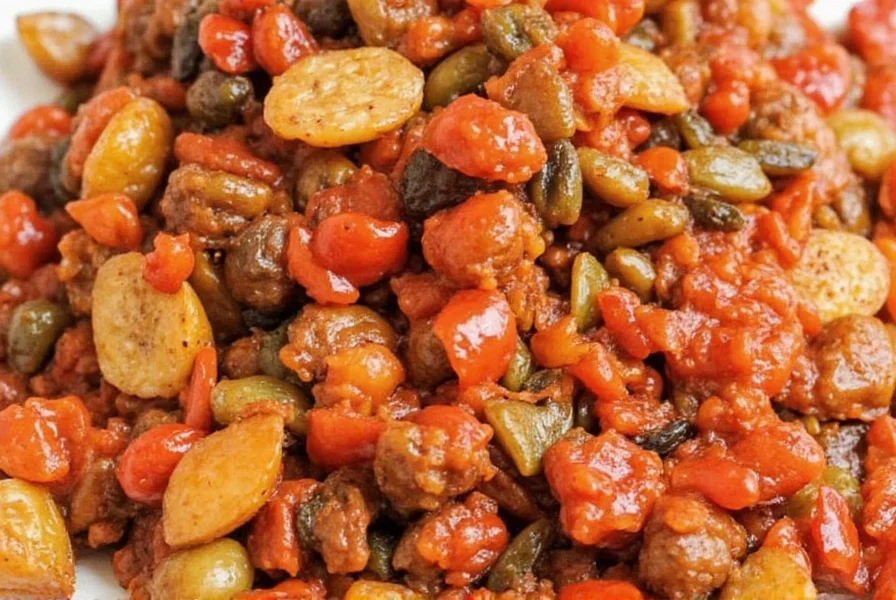
It’s like a campfire night wrapped in a condiment — earthy, warm, and comforting with just the right amount of kick.
Top 5 Ways to Use Adobo Pepper in Everyday Cooking
You don’t need to be a professional chef to bring adobo’s bold flavor into your meals. Here are five easy ways to get started:
- Add to Mayo or Aioli: Mix finely chopped adobo pepper into mayonnaise or aioli for an instant spicy-savory boost. Perfect for burgers, sandwiches, and dipping sauces.
- Spice Up Grilled Meat: Rub adobo sauce directly onto chicken, pork, or steak before grilling. The deep flavors caramelize beautifully and create a smoky crust.
- Mix into Beans or Rice: Stir a spoonful of adobo sauce into refried beans, black beans, or even rice for a quick flavor upgrade.
- Elevate Soups & Stews: Add a teaspoon or two to tomato-based soups or stews. It adds complexity without overpowering the dish.
- Make Homemade Tacos: Marinate fish or shrimp in adobo before pan-searing. Serve in warm tortillas with slaw and lime for taco night magic.
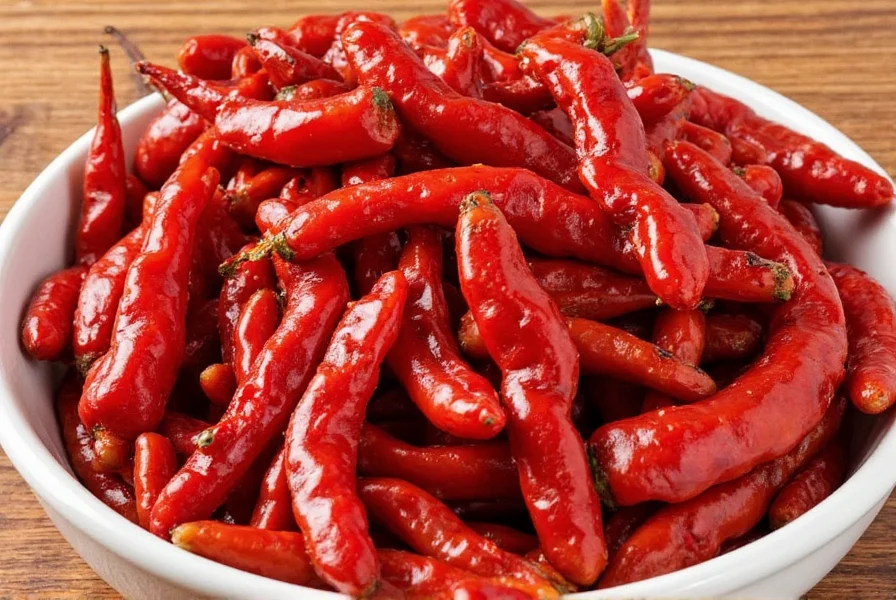
Your Ultimate Buying Guide for Adobo Peppers
Shopping for adobo peppers? Not all products are created equal. Here’s a breakdown of things to look for and avoid:
| Product Type | Brand | Flavor Notes | Best For | Price Range |
|---|---|---|---|---|
| Whole Adobo Peppers in Can | La Costeña | Richer, deeper smokiness; mild spice | Slow-cooked dishes, sauces, marinades | $1.50–$2.00 per can |
| Pureed Adobo Sauce | McCormick | Vinegary punch; consistent texture | Quick recipes, dips, dressings | $3.00–$4.00 per bottle |
| Organic Adobo Paste | Simply Organic | Bold, clean taste with no artificial additives | Health-conscious cooking, meal prep | $5.00–$6.00 per jar |
| Chopped Adobo in Tomato Puree | Hatch | Tomato-forward flavor, medium heat | Tex-Mex dishes, chili, pasta sauces | $2.50–$3.00 per can |
- Look for: Natural ingredients, minimal preservatives, and real tomato content.
- Avoid: Artificial colors, high fructose corn syrup, or overly salty versions.
- Try: Local brands at Latin markets for authentic flavor profiles.
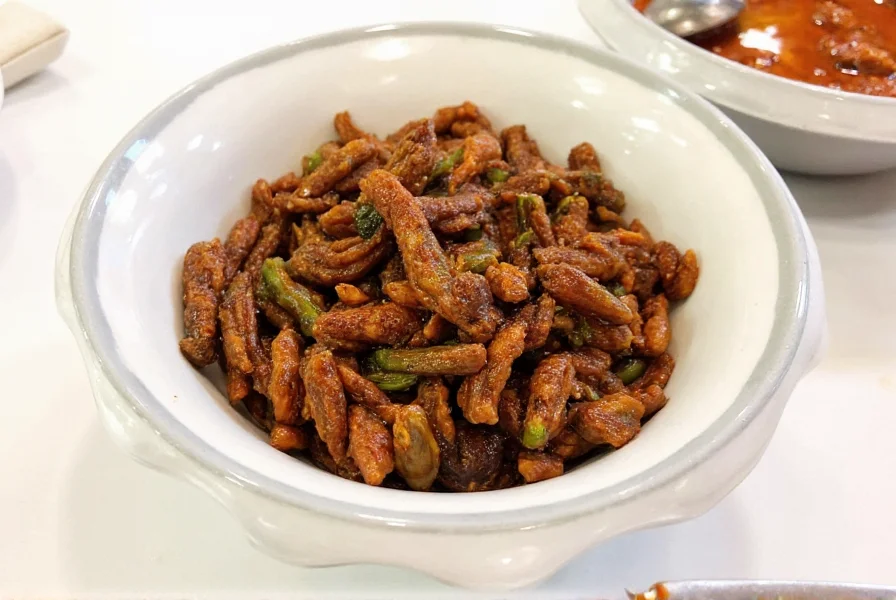
How to Store Adobo Peppers Like a Pro
Once opened, adobo peppers can last a long time if stored correctly. Here’s how to make them last weeks — even months:
- In the Fridge: Transfer leftover peppers and sauce to a glass jar. They’ll keep for up to 3 weeks.
- In the Freezer: Chop peppers and freeze them in ice cube trays with some sauce. Pop out cubes as needed for cooking — lasts up to 6 months!
- Dry It Out: Dry leftover sauce by simmering until thickened. Store in a sealed container and rehydrate when needed with water or broth.
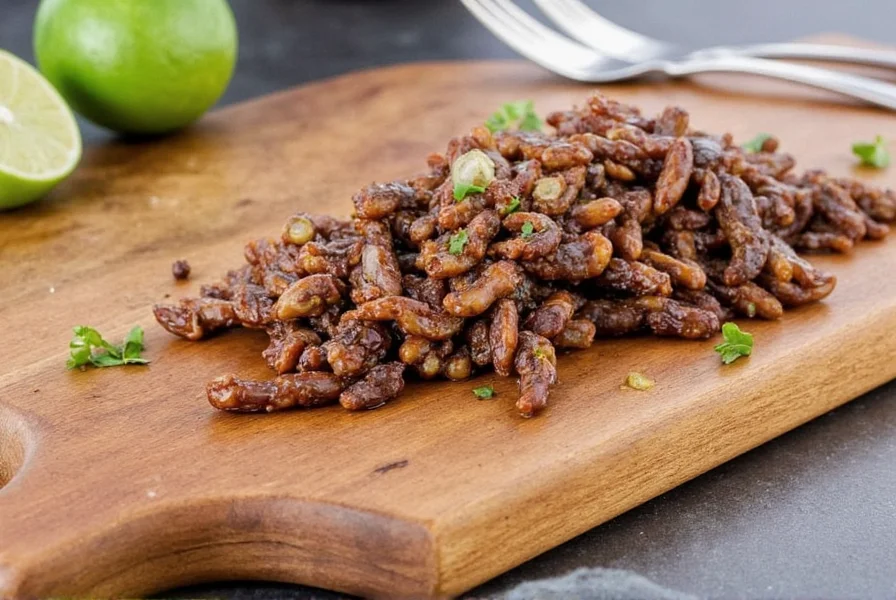
Adobo vs. Chipotle: What's the Difference?
They come from the same source — but they’re not the same thing! Here's a quick breakdown:
| Feature | Adobo Pepper | Chipotle Pepper |
|---|---|---|
| Origin | Smoke-dried jalapeño in sauce | Smoke-dried jalapeño (dry) |
| Texture | Soft, moist | Firm, leathery |
| Use Case | Instant flavor boost in sauces, marinades, dips | Rehydrate for sauces or grind into powder |
| Heat Level | Mild to moderate | Moderate to hot (depending on origin) |
Think of chipotle as the raw ingredient and adobo as its ready-to-use version.
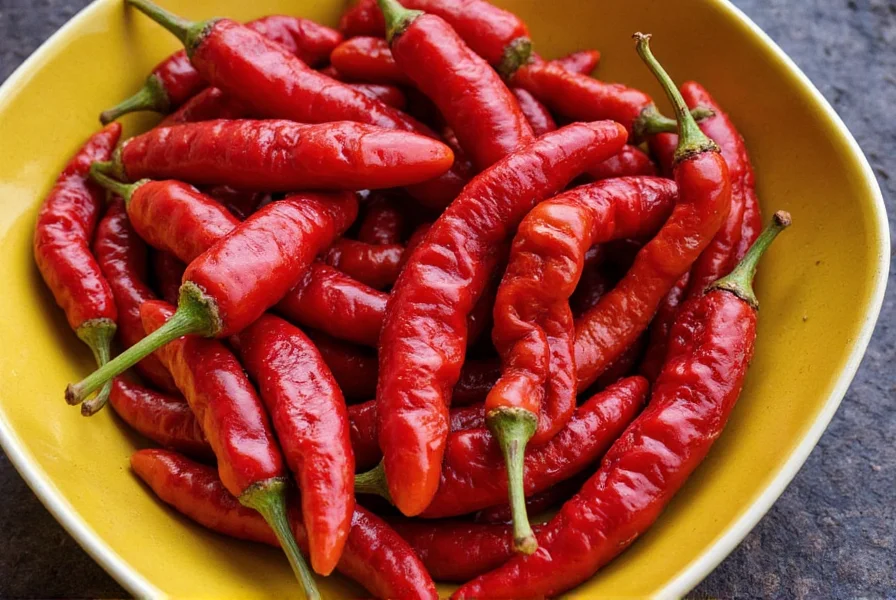
DIY Adobo Sauce at Home – Easy & Delicious!
Want full control over flavor and ingredients? Make your own adobo sauce with these simple steps:
- 10 dried chipotle peppers (or 6–8 depending on desired heat)
- 2 cups tomato puree
- 1 small onion, chopped
- 2 cloves garlic
- 1 tbsp apple cider vinegar
- 1 tsp oregano
- Salt to taste
- Soak dried chipotles in boiling water for 20 minutes.
- Drain, then blend all ingredients until smooth.
- Cook over low heat for 10–15 minutes until thickened.
- Store in fridge or freeze in portions.
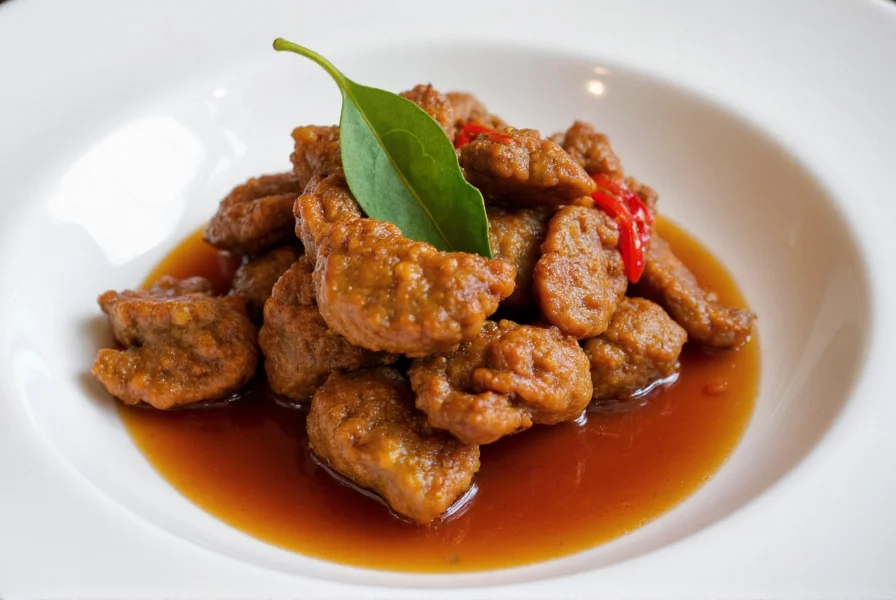
Common Mistakes to Avoid When Using Adobo Pepper
Even seasoned cooks make these blunders. Avoid them to maximize flavor and minimize mess:
- Using too much too soon: Start with 1–2 teaspoons. You can always add more later.
- Ignoring the liquid gold: The sauce in the can is packed with flavor — don’t throw it away!
- Not tasting before seasoning: Since adobo already contains salt and vinegar, adjust other seasonings accordingly.
- Over-processing: For rustic dishes, leave peppers slightly chunky. Texture matters!
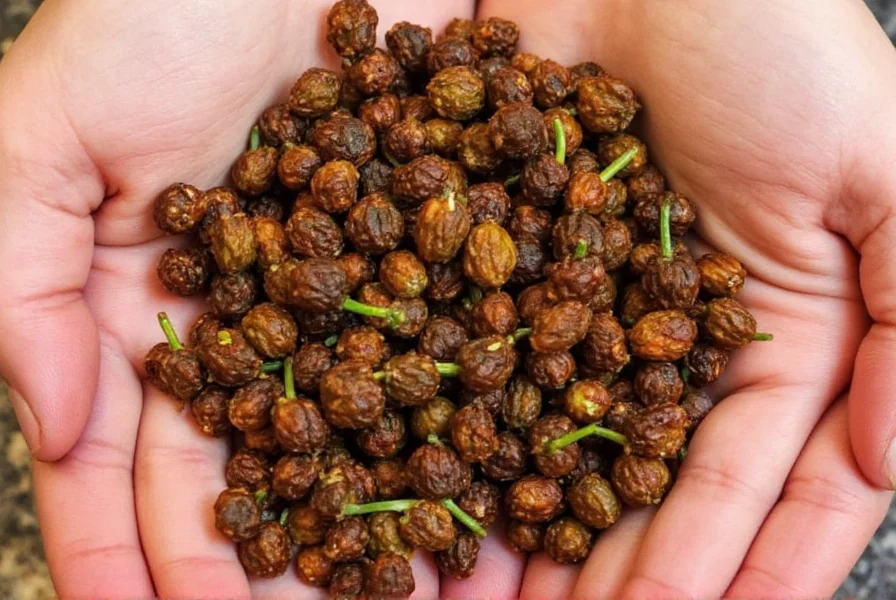
Final Thoughts on Mastering Adobo Pepper
Whether you’re making a simple sandwich spread or a complex mole-inspired sauce, adobo pepper is your secret weapon for depth, heat, and character.

From beginners to seasoned pros, there’s something in adobo pepper for everyone. Once you start experimenting, you’ll wonder how you ever cooked without it.
Now go forth, open that can, and let the smoky magic begin!

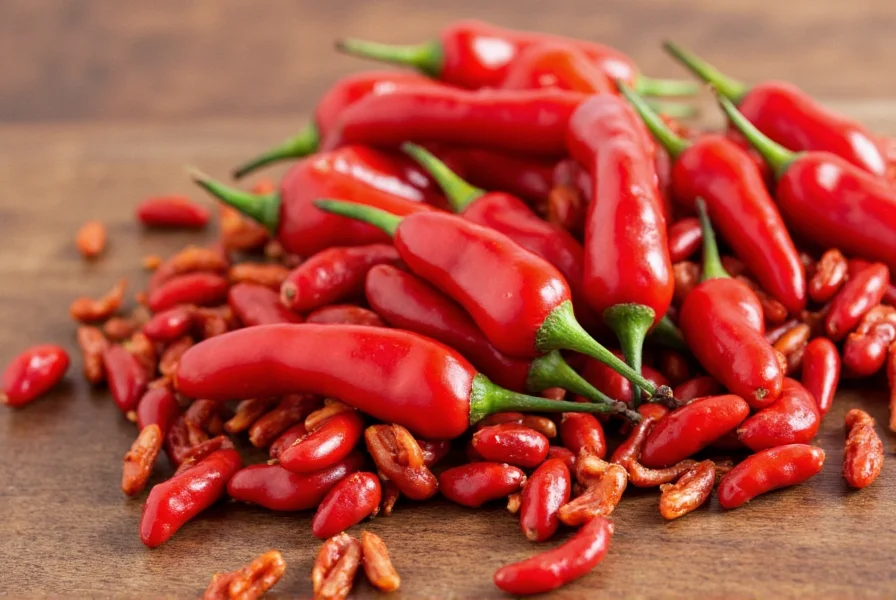









 浙公网安备
33010002000092号
浙公网安备
33010002000092号 浙B2-20120091-4
浙B2-20120091-4